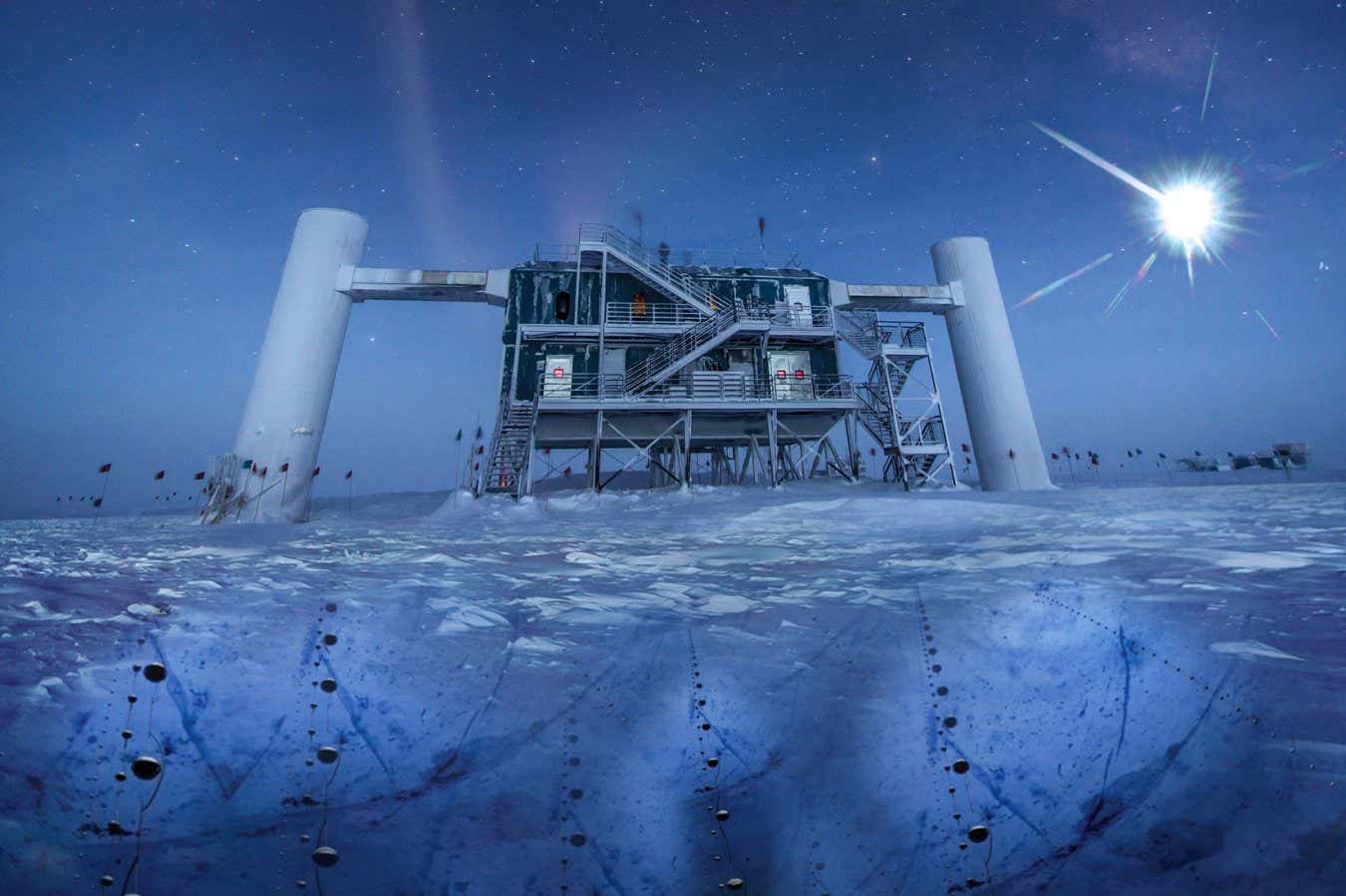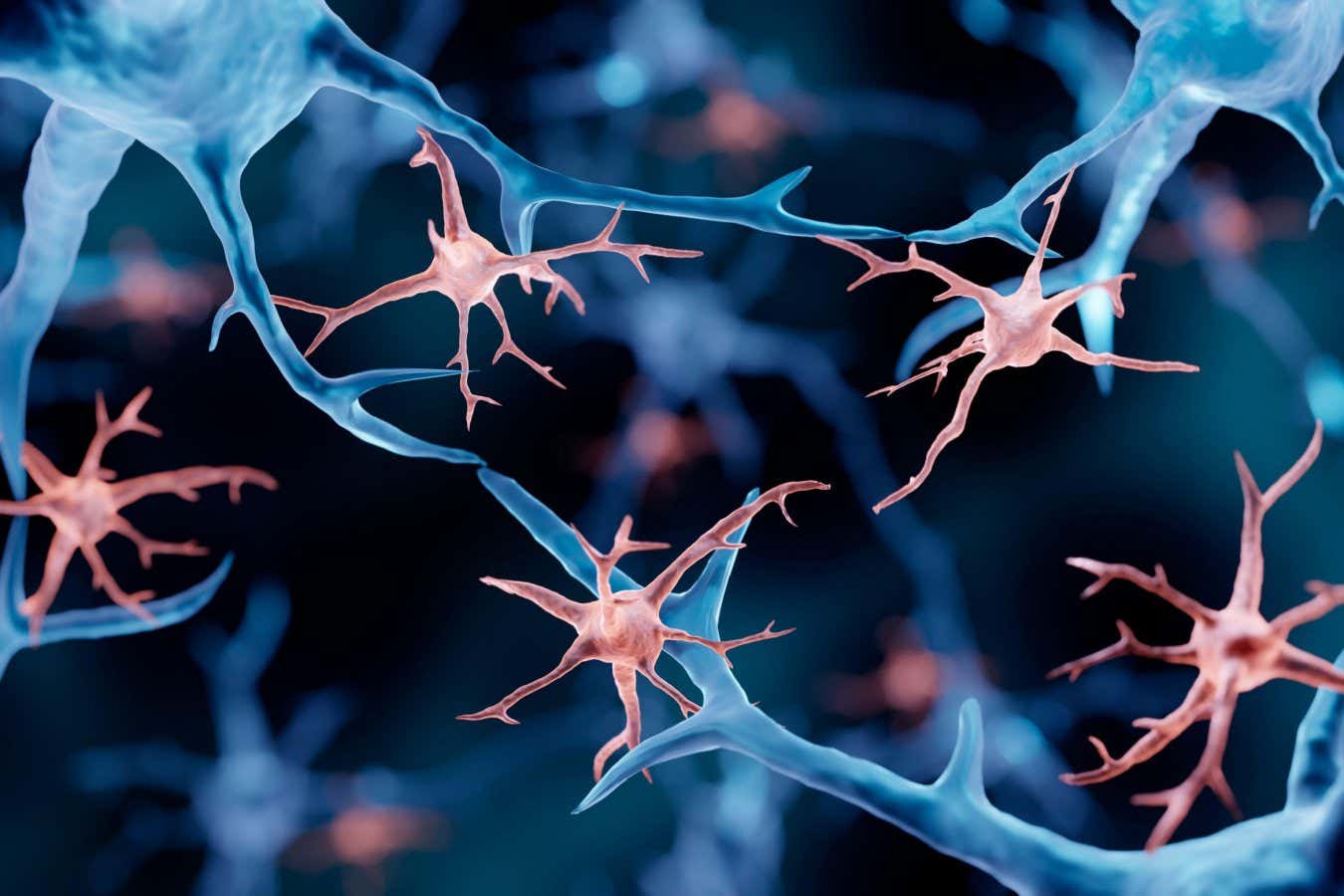Now Reading: Breakthrough in Solving Ultra-High-Energy Cosmic Ray Mystery
1
-
01
Breakthrough in Solving Ultra-High-Energy Cosmic Ray Mystery
Breakthrough in Solving Ultra-High-Energy Cosmic Ray Mystery

Fast Summary
- Cosmic rays, some of the universe’s most energetic particles, have mysterious origins and compositions.
- Researchers using the IceCube neutrino detector in Antarctica found that ultra-high-energy cosmic rays consist of approximately 70% protons and 30% heavy ions like iron.
- Past data from the Pierre Auger Observatory (Argentina) and Telescope Array (Utah) disagreed on their composition. IceCube’s neutrino detection offers complementary insights into cosmic ray collisions with photons from the Big Bang.
- Understanding the composition helps unravel how magnetic fields affect these rays’ paths through space and assists in tracing their origins.
- Prominent mysteries include events such as a particle from near our galaxy with no apparent source region.
- Scientists are optimistic about solving such puzzles within a decade due too upcoming observation tools like an enhanced IceCube.
Image Caption: An artistic rendering of the IceCube detector at the South Pole (Credit: IceCube/NSF)
Stay Informed With the Latest & Most Important News
Previous Post
Next Post
Loading Next Post...
























